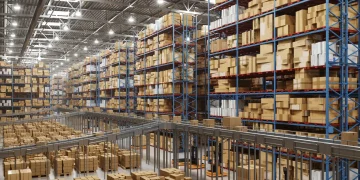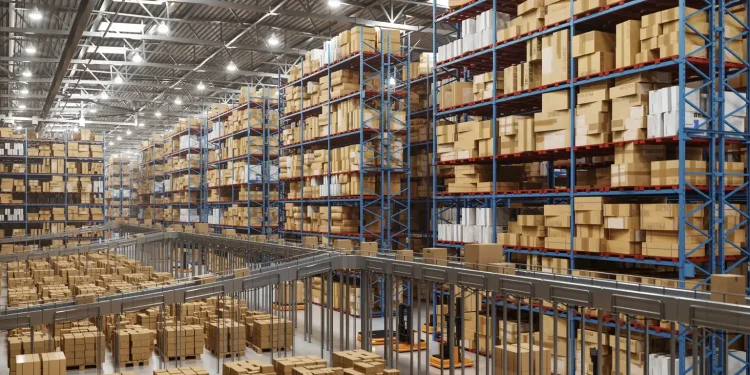The transportation of dangerous goods (DG) remains one of the most critical and challenging aspects of the logistics industry. With the potential risks to human safety, the environment, and infrastructure, ensuring the safe handling and shipment of hazardous materials is a top priority for stakeholders across the supply chain. Recent advancements in technology, regulations, and best practices are helping to enhance the safety of DG shipments, but challenges persist.
The Importance of Safe DG Transportation
Dangerous goods, which include flammable, toxic, corrosive, and explosive materials, are essential for various industries, from manufacturing and healthcare to energy and agriculture. However, their transportation requires meticulous planning and adherence to strict safety protocols to prevent accidents, spills, and other incidents that could have catastrophic consequences.
Regulatory Frameworks and Compliance
International and national regulations, such as the International Maritime Dangerous Goods (IMDG) Code and the International Air Transport Association (IATA) Dangerous Goods Regulations, provide comprehensive guidelines for the safe transport of hazardous materials. Compliance with these regulations is mandatory, and logistics providers must ensure that their staff are well-trained and that all shipments are properly documented, labeled, and packaged.
Leveraging Technology for Safety
Technology is playing an increasingly important role in enhancing the safety of DG shipments. Innovations such as real-time tracking, IoT-enabled sensors, and blockchain-based documentation are improving visibility and accountability throughout the supply chain. These tools enable logistics providers to monitor the condition of dangerous goods in transit, detect potential risks, and respond quickly to emergencies.
Training and Education
Human error remains one of the leading causes of incidents involving dangerous goods. To address this, companies are investing in comprehensive training programs for their employees. From warehouse staff to truck drivers and air cargo handlers, everyone involved in the transportation of hazardous materials must be equipped with the knowledge and skills to handle them safely.
Collaboration Across the Supply Chain
Ensuring the safe transport of dangerous goods requires collaboration among all stakeholders, including shippers, carriers, freight forwarders, and regulatory authorities. By sharing best practices, conducting joint risk assessments, and developing contingency plans, the industry can create a safer and more resilient supply chain.
Case Studies and Success Stories
Several companies and organizations have set benchmarks in the safe transportation of dangerous goods. For example, chemical manufacturers are using advanced packaging solutions to prevent leaks, while logistics providers are implementing AI-driven risk management systems to identify and mitigate potential hazards. These success stories serve as models for the industry and demonstrate the benefits of prioritizing safety.
Challenges and the Road Ahead
Despite the progress made, challenges remain. The increasing volume of dangerous goods being transported, coupled with the complexity of global supply chains, requires continuous innovation and vigilance. Additionally, the rise of e-commerce has introduced new risks, as hazardous materials are increasingly being shipped directly to consumers.
Conclusion
The safe transportation of dangerous goods is a shared responsibility that demands ongoing commitment from all stakeholders. By leveraging technology, investing in training, and fostering collaboration, the logistics industry can enhance safety standards and reduce the risks associated with hazardous materials. As the demand for dangerous goods continues to grow, prioritizing safety will be essential for protecting people, the environment, and the integrity of global supply chains.
This article has been tailored for The Logistic News, offering insights into the measures being taken to enhance the safety of dangerous goods shipments.
#DangerousGoods #LogisticsSafety #SupplyChain #HazardousMaterials #Regulations #Technology #IoT #Blockchain #Training #RiskManagement #Compliance #LogisticsNews #GlobalTrade #Sustainability #EmergencyResponse























